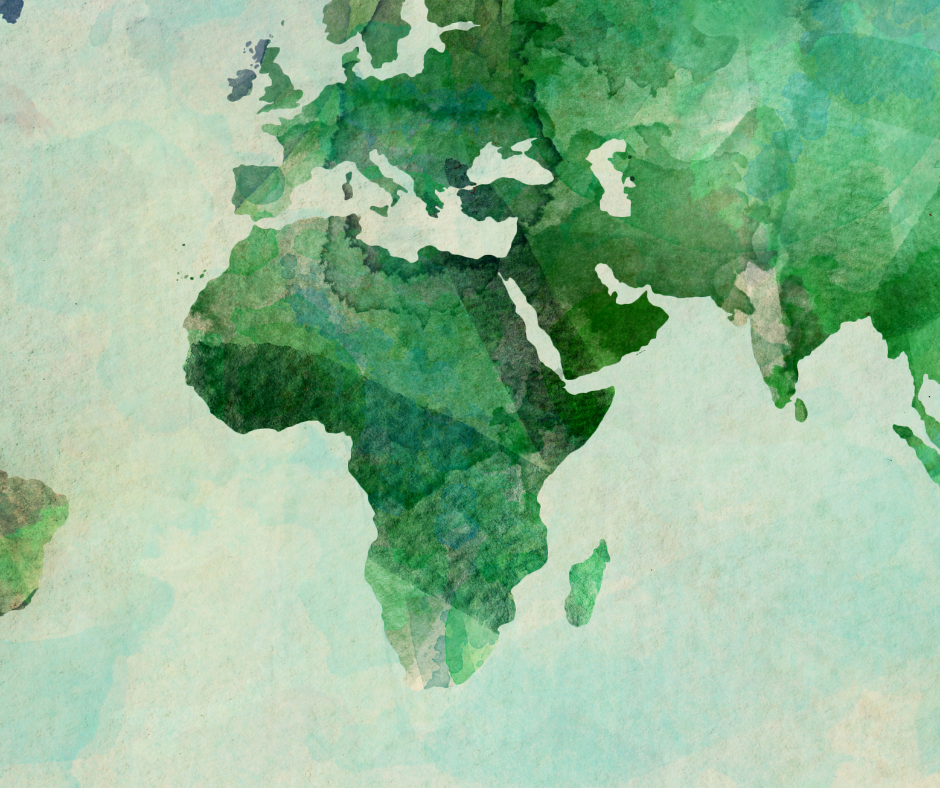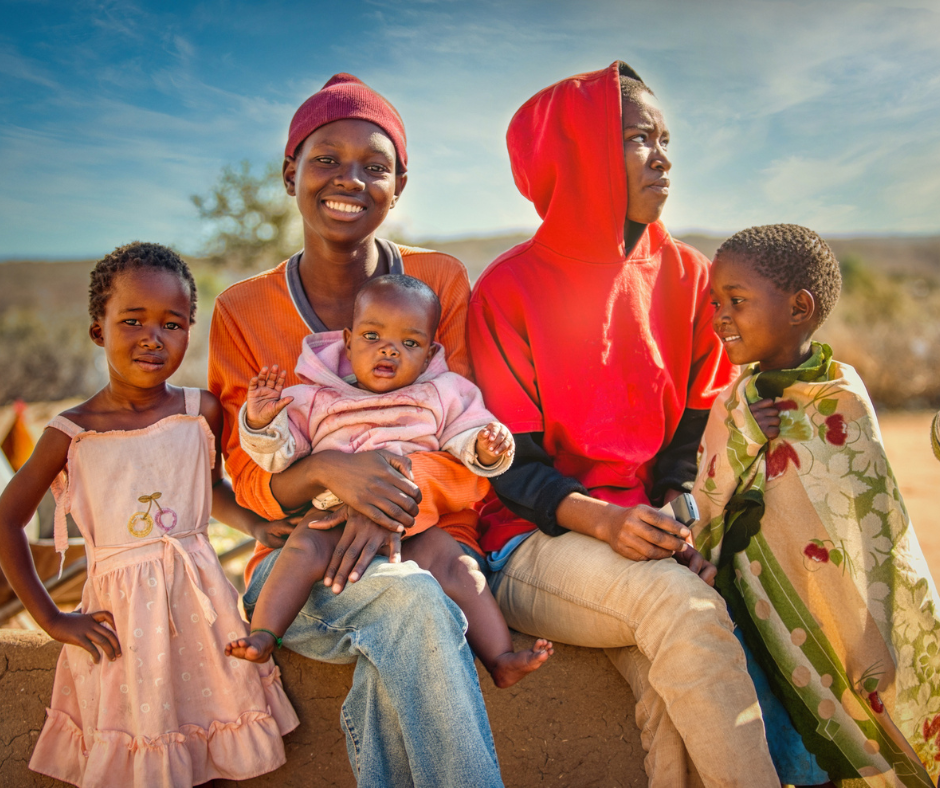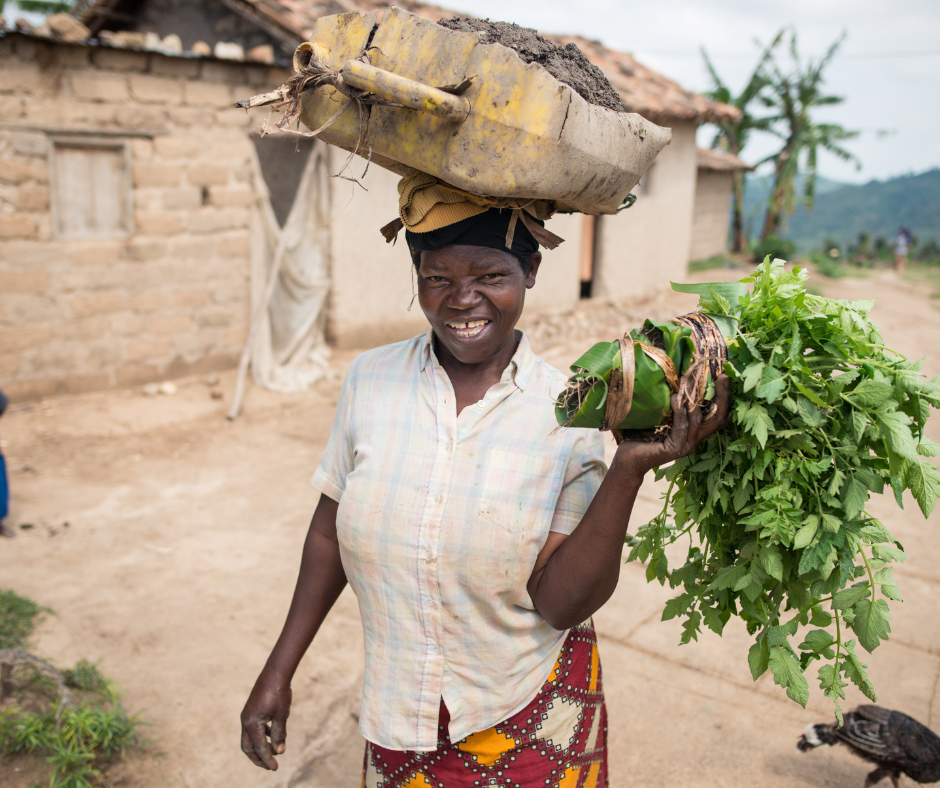The world is making rapid progress toward ending extreme poverty. However, across all countries, 1.1 billion people are experiencing multidimensional poverty (UNDP, 2023). This means that 1.1 billion people globally face daily barriers to their wellbeing such as lack of access to healthcare, education, or opportunities to improve their livelihoods. Many don’t have enough to eat enough, can’t afford to send their children to school, and lack access to safe drinking water. These people are vulnerable to diseases that have been eradicated in high-income countries. Malaria, which was eradicated in the United States almost 70 years ago, killed an estimated 1,700 people—mostly young children—every day in the developing world in 2020 (WHO, 2022).
Fortunately, it’s easier than ever to help and help effectively. By giving even modest donations to high-impact nonprofits that work to reduce barriers to human development, you can make a significant, lasting difference to hundreds of lives.
Here’s why it makes sense to focus most of your giving internationally.
You Can Help More People
If you believe that all lives are of equal value, it’s relevant to consider that your donation goes a long way in low-income contexts, where services and goods are typically much more cost-effective than they are in affluent countries. The median cost of just one emergency room visit for common causes in the United States is $1,223 (Caldwell et al 2013). In the low-income contexts, however, $100 can cover the costs of high-quality healthcare to three patients at a hospital in rural Nepal. Likewise, that same $100 given to a high-impact can give the chance to 140 people to access nutritious food. The bottom line: your money goes further overseas.
You Can Help Those Who Need it Most
Poverty exists in all countries, and the lives of poor people are difficult no matter where they live. But the biggest barriers to human wellbeing and flourishing are in low-income countries where people have little to no social safety nets or services that are readily available to those in affluent contexts.
For example, Americans give a lot to charity, but very little of that money ever reaches the world’s poorest people. In 2022, American individual donors gave a total of $499 billion to charitable causes—more than the combined amounts donated by foundations, bequests, and corporations combined.
Exactly how much is $499 billion? That’s enough to cover the combined annual costs of providing clean drinking water and sanitation for the entire global population—11 times over!
But here’s the reality: only 10 percent of American donation dollars went to international causes, and an even smaller fraction was allocated for evidence-based poverty alleviation. Unfortunately, this means that the majority of American charitable dollars never reach the people in low-income countries, those who need our help the most.
Even if you don’t want to devote all your giving to international causes, any increase will help. You can help by increasing the portion of your own giving that goes to international causes, and by supporting the efforts of organizations such as The Life You Can Save that work to raise awareness of the need to reduce poverty and suffering worldwide.
You Can Be Confident in Your Giving
One of the common arguments against giving internationally boils down to a lack of trust: Will your money be used for its intended purpose? A new breed of highly impactful nonprofits has emerged that emphasizes transparency and accountability. The Life You Can Save recommends highly effective nonprofits working across several international development areas spanning maternal health, water and sanitation, hunger and nutrition, and disease prevention.
You Can Make a Difference
By shifting more of your giving toward reducing poverty and improving health in developing countries, you’ll accomplish more with every donation. And your gifts will make a tangible difference to the people who need it most. Use The Life You Can Save’s Impact Calculator to explore how much good different charities can accomplish with a given amount.



